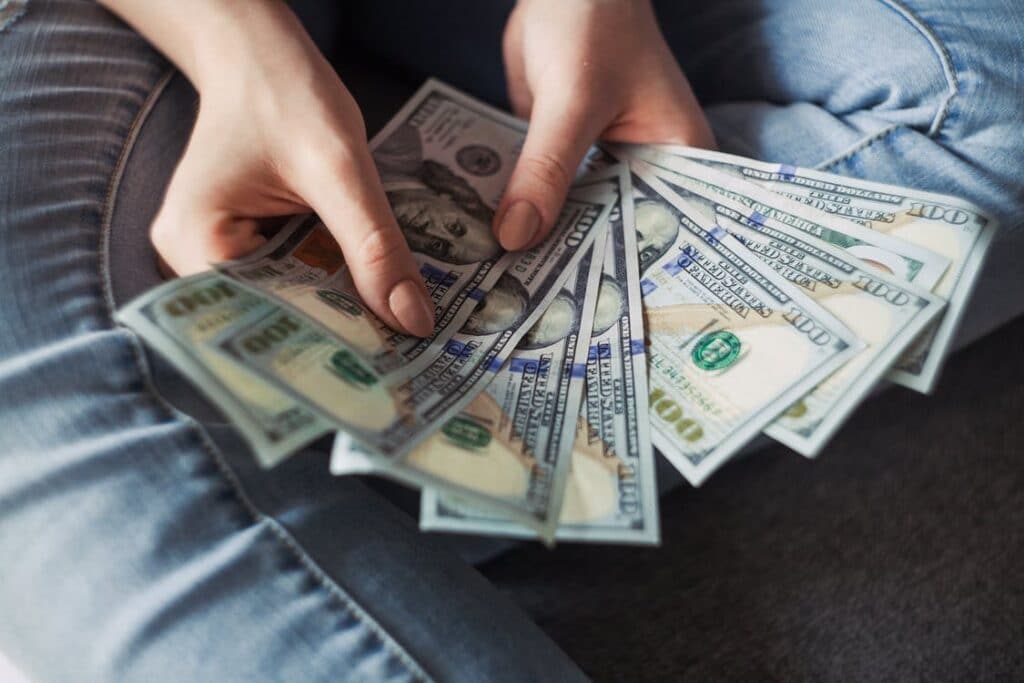As an alternative investment, fine wine is an attractive asset. Since it is a tangible asset with an inherent value, it can withstand stock market volatility and is a better market performer than typical investments like equities, ETFs, and real estate. This low-risk characteristic is because the value of fine wine appreciates with increasing age and decreasing availability, remaining untouched by traditional economic indicators.
But the valuation of fine wines as an investment option can be quite complex. There are many factors affecting wine’s resale value that require an in-depth understanding of the fine wine industry. Even for first-time investors or wine enthusiasts, some knowledge of these factors can be quite useful. After all, there is almost an art to fine wine investing, an integral part of the fine wine world, and wine valuation is an important step in the process.
We look at some of these key factors that influence the price performance and valuation of investment wines, such as how much your cherished bottles of Bordeaux are worth.
Label – Especially true for traditional brands, the reputation of a wine estate and its record of producing fine vintages play a major part in determining the value of its wines. This is a combination of factors like the vineyard’s heritage, winemaking techniques, expertise and market position.
Vintage – The production year is closely related to the quality of a wine. The highest average quality scoring vintages will automatically add a price premium to the value of a wine.
Age-ability – Overall, a fine wine’s value increases with time as its quality improves with age. The wine’s drinking window is thus a key factor in determining its worth. Consider that wines with higher ageability – such as Barolos and Rieslings – will usually offer a better ROI if you can sell them at the right time.
Availability – Another key valuation factor that is common to alternative investments is the rarity of the asset. High quality wines with limited availability or estates with micro production – such as a Screaming Eagle or a DRC – are valued higher than others. As some bottles are consumed over time, supply becomes even rarer, and prices rise further to meet continuing demand.
Provenance and storage – The quality and value of a fine wine depend majorly on its provenance, and bottles acquired direct from the estate (i.e., ex-chateau) are regarded as being of the best provenance. Fine wines have to be stored under careful conditions in specialist climate-controlled facilities to preserve them in prime condition. A proper audit trail of provenance and ownership is necessary for investment-grade wines and can offer tax benefits in some markets.
Region – Certain winegrowing regions produce finer vintages than others and traditionally command higher price values. France’s Bordeaux and Burgundy, Italy’s Tuscany and Piedmont, and California’s Napa and Sonoma are typical examples. While region is linked to reputation, the terroir is an outcome of more ingrained factors like soil quality, climate, and proximity to rivers.
Original Wooden Case (OWC) and Condition – For optimum ROI, investment-grade wines should be in their original wooden case packaging with pristine labels and condition reports. The packaging and bottle condition are indicators of authenticity and storage conditions and will affect the value of the wine. For instance, a smudged label may indicate damp storage conditions and lower the valuation. This is also why two bottles of the same vintage may have different values.
Critics’ scores – Professional reviews and scores by noted wine critics like Robert Parker hold great sway over the market value of wines. Wines rated 90 or above on a 100-point scale are usually investment favourites.
Other factors like costs of insurance and professional fees can also contribute to the valuation of fine wines. A comprehensive valuation such as this can help indicate not just what price a wine can fetch but also when to sell them to fetch the optimal price.
Access to knowledge, greater efficiency and investor confidence have all contributed to a growth in the fine wine market. With the increasing adoption of technology and data by the market, our ability for accurate wine valuations has also improved. With a trading platform like Liv-ex for fine wines, general valuation information like wine performance and market trends are only a click away, but when it comes to the valuation of specific bottles, using a professional service is the better choice.

